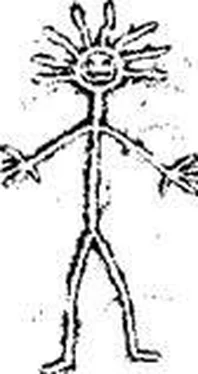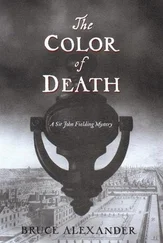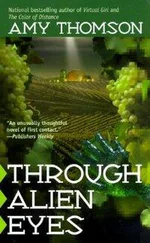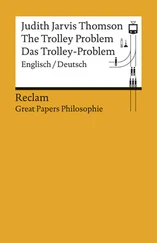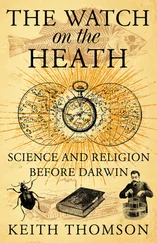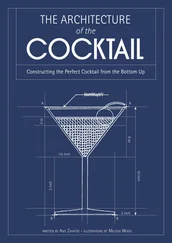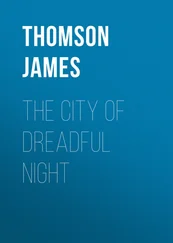Bai—A shortened form of bami, used as an endearment by sitiks when talking to their bami.
Bami—The apprenticed foster child of a Tendu elder, usually chosen by that elder from a pool of immature Tendu known as tinka. A bami is the second, adolescent phase of the Tendu life cycle.
Enkar—A class of Tendu that travels from village to village, rendering judgments.
Ika—A large emergent canopy tree with large blossoms that resemble human hair. It is one of the few trees in the forest that is wind-pollinated.
Jeetho—A large multinucleated mass of cytoplasm derived from any one of several animals. Jeetho is used as a biological substrate for many forms of physiological manipulation requiring the addition of large amounts of tissue, e.g., the regeneration of amputated limbs.
Kenja—A ritual often used to decide precedence among village elders. Many ethnographers note the similarity between this ritual and the “rock-scissors-paper” game used on Earth in several cultures. Many elaborate cultural convergence theories have been put forward to explain this similarity.
Li—A unit of measurement equivalent to three yai. Roughly equivalent to nineteen meters.
Lyali-Tendu—sea Tendu. Those Tendu who live year-round in coastal waters.
Mantu—A large land-dwelling mollusk with an external shell. They average 0.75 meters in length.
Na tree—The giant hollow trees that are the preferred living quarters for land-dwelling Tendu.
Pingar—Any meat that has been pickled, then dried, salted, and chopped fine to keep for travel or emergencies.
Pooo-eet—A fishing bird that lives near the river. During their mating season (also known as the month or “pida” of Pooo-eet) the canopy echoes with their “pooo-eet” calls, prompting many Tendu to go hunting for a little peace and quiet.
Quarbirri—Traditional Tendu dance/narrative art form.
Ruwe-Tendu—The land-dwelling form of the Tendu.
Sitik—An elder Tendu who is the mentor/parent of a sub-adult bami.
Siti—Informal form of sitik, usually used by a bami to his or her sitik.
Tareena—The relationship between two bami who have had the same sitik. It usually occurs after an elder has died without a bami. When this happens, another elder’s bami is promoted to fill the spot, and the elder whose bami has been promoted takes another bami. It is a rare relationship. Often hundreds of years can pass without a village having any tareena, and only if there has been a terrible disaster will there be more than one pair in any village.
Tengarra—The Tendu term for a formal judgment rendered by an enkar. The price for such a judgment can be very high, including the requirement that a certain number of elders volunteer to become enkar.
Tilan—A species of bee that lives symbiotically with the na tree, protecting it from leaf-eating insects and some species of vines and other parasitic plants.
Tinka—Juvenile form of Tendu, imprinted on a village. Usually six years and older. A tinka can live as long as fifty years before beginning to age and die.
Trangin—A spiny orange or red-orange fruit slightly larger than a Terran honeydew melon. It smells utterly vile when opened up, but its soft, juicy pink flesh tastes wonderful.
Werrun—The ritual physical transformation by which a Tendu bami becomes an elder.
Yai—A unit of measurement based on the approximate width of a mature canopy tree. It is approximately 6.5 meters in length, though it can vary from region to region (see Tanguay’s monograph entitled Regional Variability in Tendu Units oj Measurement for more information).
Yarram—A species of seaweed that is dried and eaten by the Tendu, it is prized as a source of nutrients scarce in the rain forest, and it is a valued article of trade. It is also a delicacy and is essential for the development of both bami and young elders who have just emerged from werrun.
Yerowe—Any one of several species of highly specialized insects that colonize Tendu villages. They eat vermin and decaying leaf matter found in the Tendu bedding, and lay down chemicals that encourage composting. In short, they keep the Tendu’s beds fresh and pleasant.
Earth’s rain forests are infinitely more complex, mysterious, and wonderful than anything in this book, and they really exist. Here are some of my favorite books on tropical rain forests and the people who live in them:
Tropical Nature, Adrian Forsyth and Ken Miyata. New York: Charles Scribner’s Sons, 1984.
Life Above the Jungle Floor, Donald Perry. New York: Simon and Schuster, 1986.
The Tropical Rain Forest, Marius Jacobs. New York: Springer Verlag, 1988.
Tales oja Shaman’s Apprentice, Mark J. Plotkin. New York: Viking Penguin, 1993.
Into the Heart, Kenneth Good with David Chanoff. New York: Simon and Schuster, 1991.
Wonderful as they are, Earth’s rain forests are disappearing with amazing and tragic speed. For more information on how to help save the rain forests and the people who live in them, contact these organizations:
Rainforest Action Network
450 Sansome Street, Suite 700
San Francisco, CA 94111
Internet: RAN-INFO@IGC.APC.ORG
Worldwide Web page: URL-HTTP://WWWRAN.ORG/RAN/
World Wildlife Fund
1250 Twenty-fourth Street, NW
Washington, DC 20037
Cultural Survival 46 Brattle Street Cambridge, MA 02138
An Ace Book/published by arrangement with the author
PRINTING HISTORY
Ace edition/November 1995
All rights reserved.
Copyright © 1995 by Amy Thomson.
Cover art by Linda Messier.
Book design by Stanley S. Drate/Folio Graphics Co., Inc.
This book may not be reproduced in whole or in part, by mimeograph or any other means, without permission.
For information address: The Berkley Publishing Group, 200 Madison Avenue, New York, NY 10016.
ISBN: 0-441-00244-7
ACE®
Ace Books are published by The Berkley Publishing Group
200 Madison Avenue, New York, NY 10016.
ACE and the “A” design are trademarks belonging to Charter Communications, Inc.
PRINTED IN THE UNITED STATES OF AMERICA
10 987654321
